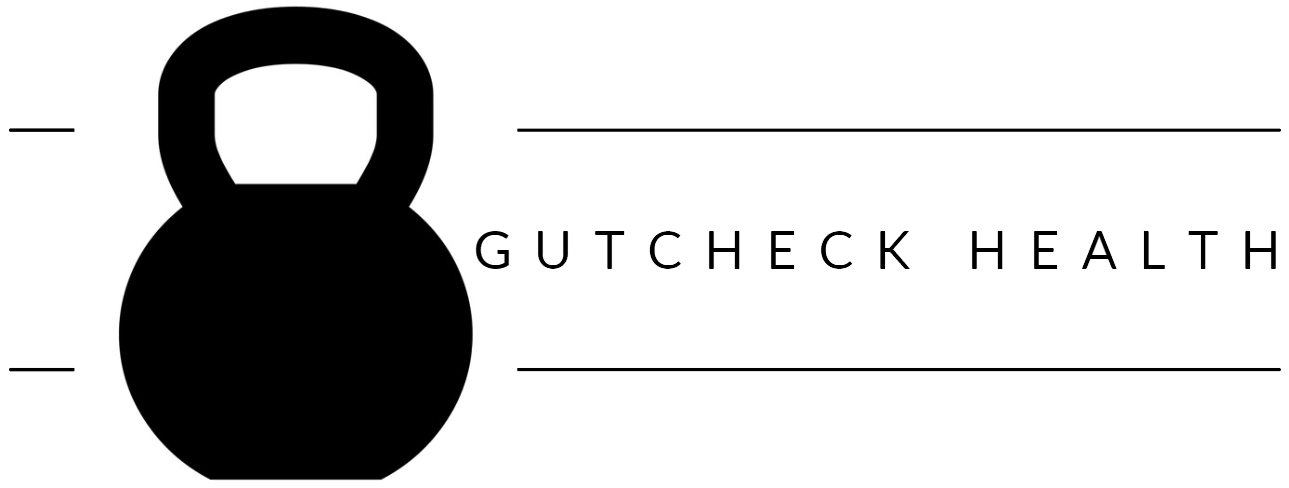 We humans are tribal folk. Each tribe to which we belong has its own customs and patter, shared knowledge and experience, and (if we are honest) prejudices.
We humans are tribal folk. Each tribe to which we belong has its own customs and patter, shared knowledge and experience, and (if we are honest) prejudices.
And certainly those working in the investment management industry belong to a large and still-growing tribe. Yet subgroups exist: are you a fundamental investor or a quant? Value or growth? Are you a trader or a buy-and-hold investor? Active or passive management? Fixed Income or Equities?
And even within each of these subgroups is an incredible diversity of approaches and philosophies, with each manager resolute in their belief that their approach offers clients the best opportunities for long-term portfolio appreciation.
How best to make that argument is a vexing, yet inescapable issue for investment managers.
Establishing “differentiation” has long been the Holy Grail; the North Star for marketing and client service professionals across the investment management industry. Historically (and not unimportantly), marketers have fixated on wordsmithing to help them to achieve differentiation in their philosophy and process; as in, “How can we better explain who we are, what we do, and why?”
But I think what gets lost in the calculation often is that, while the words are vitally important, when nobody (or too few) is reading them, their persuasiveness and potential effect on the firm’s bottom line are tragically curtailed.
As I’ve noted in prior posts, content marketing and social media marketing allow firms to establish a position of thought leadership that is distributed across multiple channels to ensure the widest possible audience within a firm’s target market.
Importantly, one of the key outcomes of content marketing and social media marketing for investment management firms is the creation of a community centered on a firm’s thought leadership and values. And while it is likely one among many communities (or tribes) to which your targeted audience belongs, it is possible to make it a core one nonetheless.
How?
Over time, the consistent, steady flow of information, insight, and analysis from a firm will build trust and confidence in a firm’s professionalism and overall good sense. The trust which eventually develops is a core characteristic of the sort of community-building that content marketing is designed to establish.
In other words, the business relationship becomes more personal and less transactional, i.e.- it becomes stronger.
And really, that represents the sort of differentiating value-add which helps to ensure a firm’s value to a client goes beyond a simple calculation of portfolio returns.
Image courtesy of africa at FreeDigitalPhotos.net
We respect your privacy.


